“It’s all going back to starting with uncontrollable variables and having that mindset of not coming close to touching the product because of expertise and tech. With a production capacity of over 200 tons of various products, this acquisition of greenhouses has not only enhanced our market standing but also brought up critical questions about the future direction of our endeavors,” says Derya Tanghe, Co-founder of Future Fresh, a Filipino vertical and modern farming company.
It’s not that everything went for the wind at Future Fresh since they had their share of obstacles. However, they have significantly expanded ever since last year as Future Fresh has positioned itself as the largest leafy greens and tomato farmer in the country. How come? The company has been welcoming numerous producers to its Farming Network.
Since raising money has already been very challenging, Derya and his team looked at existing growers that have been around for quite some time. “Through our network, we aim to increase the number of partner farms and enter into greenhouse production as well.”
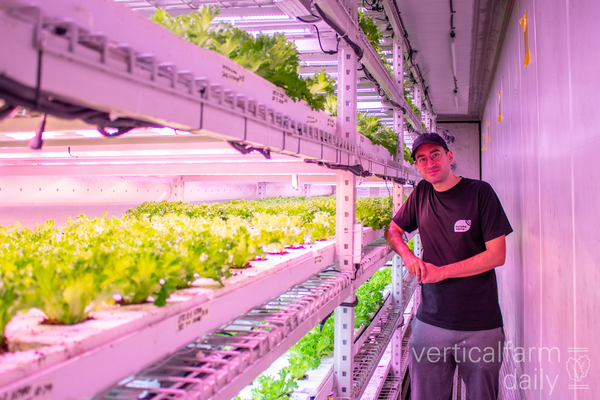
Derya Tanghe
The power of the brand
Early on, the Future Fresh Brand attracted many, and growers became aware of us. “The recognition of our expertise by growers opened doors. Older farmer companies that were facing climate challenges and profitability issues sought an exit strategy and approached us. They wanted a younger, dynamic group to pass on their legacy. This allows us to grow lettuce and leafy greens very well on a unique, 2500-meter high rare plot of land in the middle of the country.”
The journey continues as Future Fresh focuses on extracting growth and yield from this unique opportunity while actively working on expanding its partner farms and bringing more growers onto the platform.
Derya sees a growing need for vegetables and a consistent supply in Manila and beyond. As he shared, lettuce cost 450 PHP or more per kilogram (4,15 EUR~) in retail at one point, which in Filipino terms is crazy expensive for the Monsoon season in August. Nobody was able to supply lettuce due to the extreme weather, which made Future Fresh the sole supplier at the time. “It’s not just pricing, but there is a lot to win on who has the best services and advantages.”
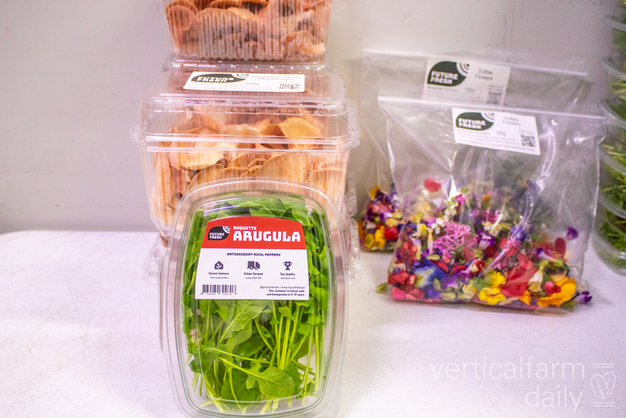
Product loyalty
“Loyalty is something we seek because we’re growing relatively, growing to enough production to become immovable, a titan of industry. However, it’s tough. Once customers see that a product costs 5 PHP extra, they are hesitant, as it hasn’t existed before. That’s why we’re going from regular to high-quality premium products to more accessible produce like romaine, tomatoes, bok choi, and Chinese vegetables and adding more quality and quality controls.”
Linking numerous farmers to the Farming Network is the main drive for growth for Future Fresh. Given the growing weather pains, many are suffering, which also lowers product prices for producers. It all results in a vicious cycle that makes farmers unable to reinvest in their businesses. Service is another aspect of how Future Fresh stands out, being able to supply consistently year-round.
As Derya is seeing three players in the space, they want to build more vertical farms in the future to sell out and move production. “As it stands, we can convert our entire indoor farm to just Arugula production.” Initially, the team wanted to touchdown on Cebu for a new production facility, yet the investment landscape didn’t allow it.
Now, all eyes are set on optimizing the delivery and infrastructure of the Farmers Network. “The vertical farms are at the center of consumers in the city, where 80% of all food produced is consumed. Thus, a farm in the city still makes sense for us at this moment. The quality and freshness still lead and have the advantage.”
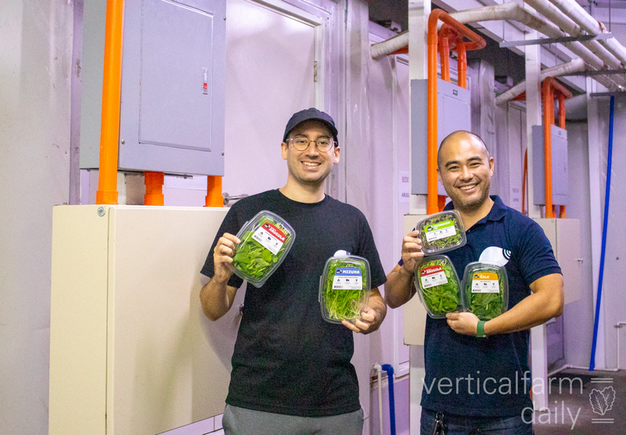 Founders Derya Tanghe and Aaron Qui are showing off some of the products they are offering
Founders Derya Tanghe and Aaron Qui are showing off some of the products they are offering
Product range
Looking back at last year, Future Fresh had its product range at around 10. However, through the Farmers Network, they are reaching a subtle 60 products, “which is high enough to keep up with,” Derya says, laughing. Yet, that doesn’t mean that when the opportunity for a high demand passes by, it will be excluded. The latest additions to the family are romaine lettuce, celery, colored butterhead, bok choi, Chinese vegetables, and more.
Despite the ‘awful months’ as Derya calls them, the agtech has still been able to hit 100 tons of produce per month. Even with the uncertainty for the upcoming months, together with its partners, the team expects to touch 200+ tons per month.
Even now, through the more awful months of the year, the wet season, we’re hitting 100 tons per month- Our BO rates are still super low in supermarkets, at least the selling through is just finetuning the allocation for what sales channels.
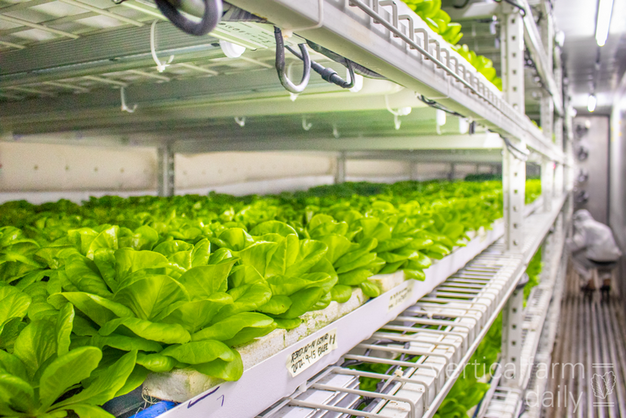
New farms, and products
“We’re looking at a farm to add on by the end of the year to increase the tomato supply. We will continue growing via depreciated farm assets and strategize, modernize them.” With a backlog of about 1000 farms to look at still, Derya shares that they might add diverse products to the catalog, such as broccoli and cauliflower. The team has seen high sell-through rates as they bring ‘flexible and better’ products to market.
“For us, the mission was urban farming at first, but we’ve reached a greater understanding of the market need. We contribute to being a role model and helping the greater industry to build resilience in the market with this consistent production. The great thing is that we’re profitable now on a month-to-month basis.”
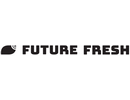
For more information:
Future Fresh
Derya Tanghe, Co-founder
derya@nxtlvlfarms.xyz
https://futurefresh.ph
